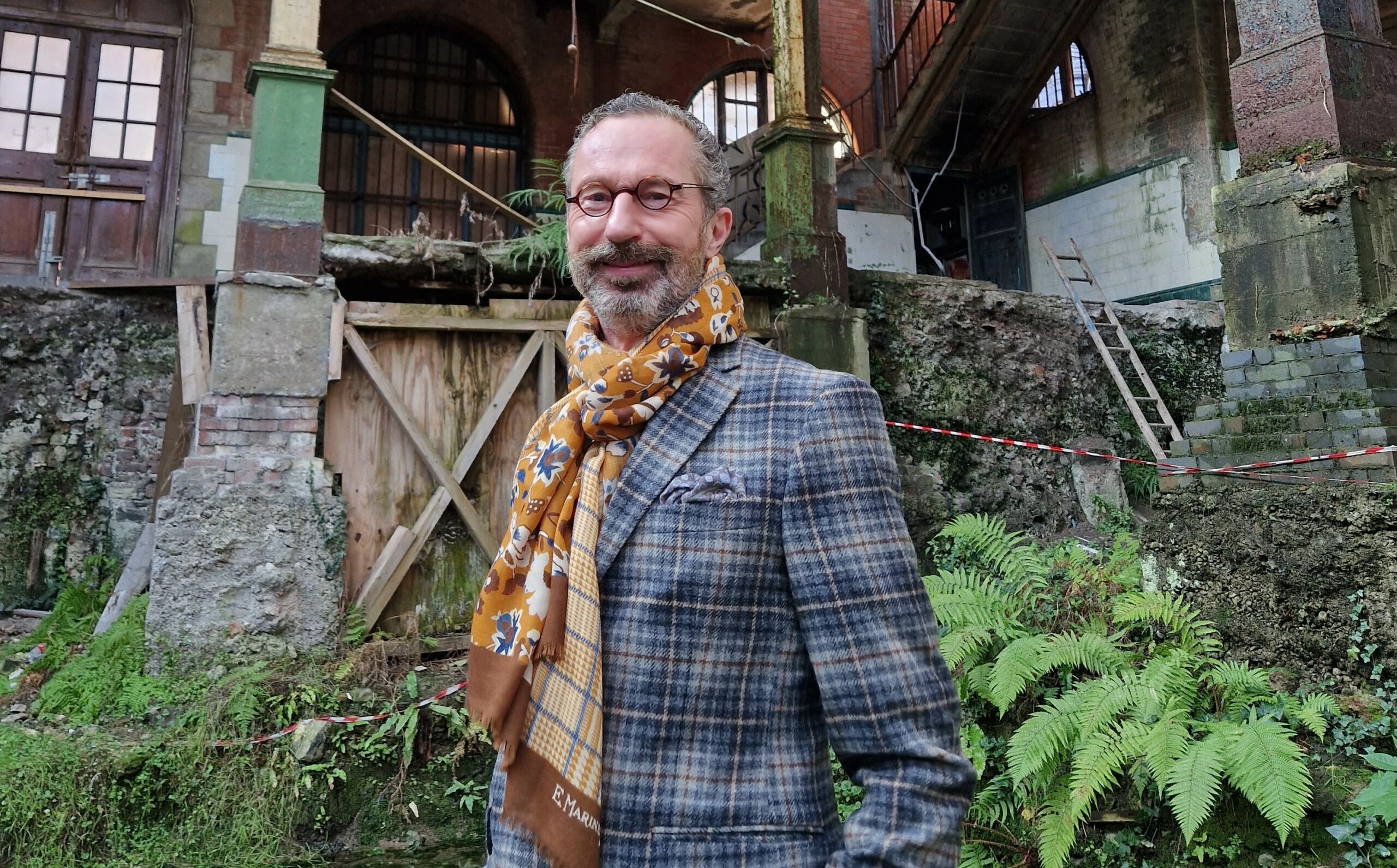“Optimistic” is how renowned conservation architect John O’Connell describes Robert O’Byrne’s The Irish Aesthete: Ten Years in the Making, a photography exhibition currently running at the Irish Architectural Archive on Merrion Square. After travelling throughout the island of Ireland, the collection marks ten years of O’Byrne’s influential blog, The Irish Aesthete. Best known for his specialist interest in historic houses and gardens in Ireland, O’Byrne’s exhibition comprises a selection of photographs taken over the past decade of every house of importance or interest in the country, North and South, ruined and preserved. A former vice-president of the Irish Georgian Society,…
Cancel at any time. Are you already a member? Log in here.
Want to read the full story?
Unlock this article – and everything else on The Currency – with an annual membership and receive a free Samsonite Upscape suitcase, retailing at €235, delivered to your door.

